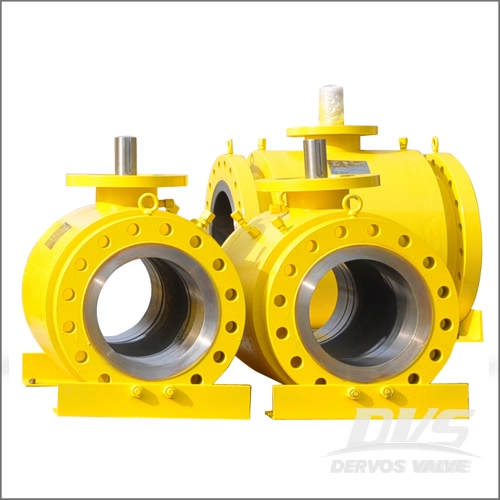When the ball valve is positioned such that the bore is in line with the flow, it is open and fluid can pass through it. The valve is closed when it is rotated 90-degrees by the handle. At this time, the bore is perpendicular to the flow.

Valve is used for control/flow/stop the fluid (water/air/gas) in piping, and there are various types of valves. These valves is usually classified according to relative applications and the purpose of use.
There are four kinds of concepts for valve's action—"Pushing", "Rotating", "Sliding" and "Squeezing". And ball valve is classified concept "Rotating" due to its sealing style.
The merits of ball valves are fluid resistance is quite little because the port size is the same as that of the piping line, and operation is easy and able to do in a short time because only a quarter turn rotation is needed to open and close the valves.
Just as its name implies, the ball valve is a valve that use a ball to control the flow from one opening to the next. This valve works by allowing the ball's hole to be open, blocked, or open partially to regulate the flow.
Ball valves are the ideal choice for using with gases as they are able to give better sealing. They are very versatile as they support pressures up to 700 bars and temperatures up to 200°C and sizes generally range from 0.5 cm to 30 cm. These valves are easy to operate and maintain, which is down to their simple structure.
They are designed with special measures, allowing only a 90-degree rotation required for the opening and closing of ball valves. These valves are a notable industrial choice by virtue of their reliable and air-tight sealing.
